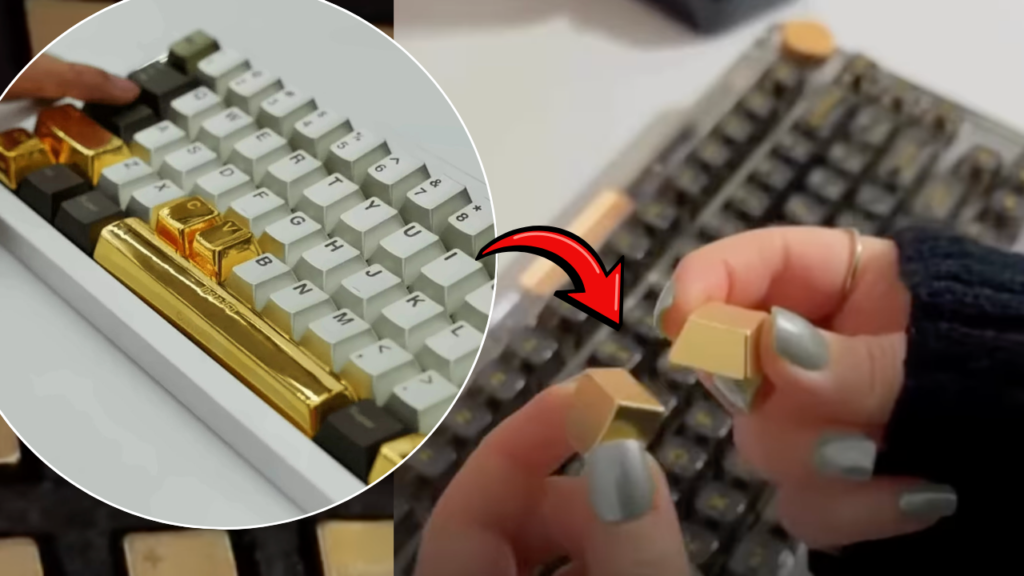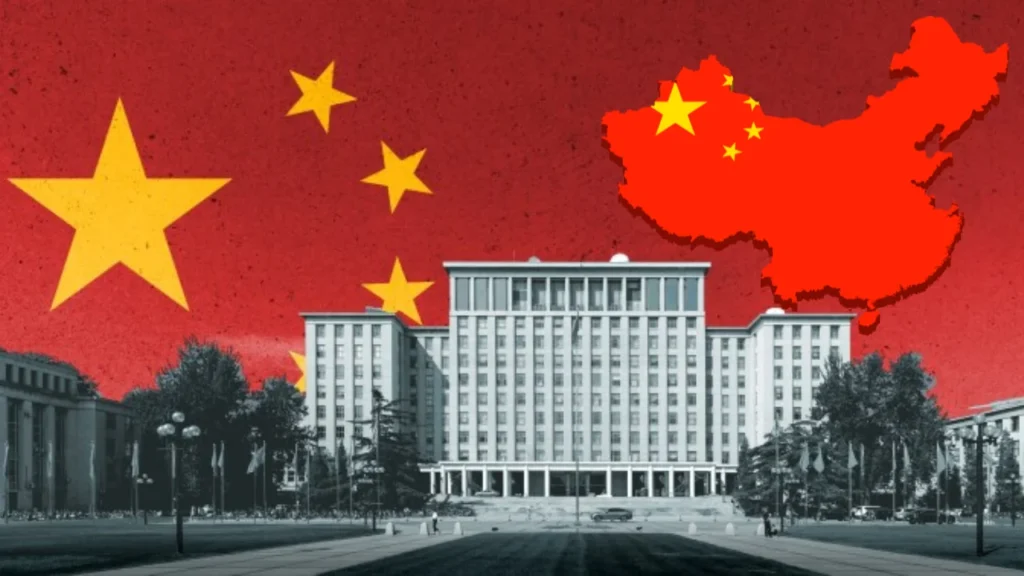In a dramatic and unexpected military move, the US launched a precision airstrike on Iran’s nuclear sites using advanced stealth bombers and smart military strategy. The operation, which took place under extreme secrecy, involved the use of decoy flights, B-2 Spirit stealth bombers, and Tomahawk cruise missiles. It is now being considered one of the most complex and daring air missions in recent military history.
The Mission: Operation Midnight Hammer
The US military code-named the airstrike Operation Midnight Hammer. The US aimed to disable Iran’s most heavily protected nuclear facilities, especially Fordow and Natanz, which lie deep underground and are difficult to penetrate.
To avoid detection and ensure success, the operation relied on a combination of stealth technology, deception, and precise timing. The main tools? Seven B-2 bombers, a network of refueling aircraft, and support from intelligence gathered in cooperation with allies.
The Decoy Strategy
One of the most important parts of the operation was the use of decoy flights. Some US Air Force bombers flew westward in the direction of the Pacific Ocean, toward locations like Guam and Diego Garcia. The US deliberately flew these aircraft within radar range to create the illusion that a mission was heading in the opposite direction.
Meanwhile, a second group of B-2 bombers quietly took off and flew east, following a completely different route that avoided all radar detection. Their real destination: Iran.
By the time Iran realized something was happening, the real strike force was already in position above their territory.
The Stealth Advantage
The B-2 Spirit bomber is one of the most advanced aircraft in the world. Designed to avoid radar and detection systems, it can fly long distances and carry heavy bombs. Each bomber carried two GBU-57 Massive Ordnance Penetrator (MOP) bombs—commonly known as “bunker busters”—for this mission. These bombs weigh over 13,000 kilograms and can smash through reinforced concrete to reach deep underground targets. The US military dropped a total of 14 such bombs on Iran’s nuclear facilities.
Tomahawk Cruise Missiles Join the Attack
While the B-2 bombers focused on Fordow and Natanz, the US Navy played its part too. A US submarine launched over 20 Tomahawk cruise missiles, targeting the Isfahan Nuclear Technology Center.These missiles are highly accurate and can hit targets from hundreds of kilometers away.
The US carefully timed this two-pronged air and sea attack so that both strikes hit Iran almost simultaneously, leaving little time for a response or defense.
Behind the Scenes: Planning and Execution
Planning such an operation took weeks of preparation. The US deployed over 125 aircraft for the mission, including refueling planes, radar jammers, and surveillance aircraft. Military leaders and top government officials kept the operation highly secret. Limiting knowledge to a small, trusted group to prevent any leaks or early warnings to Iran. Reports also indicated that Israel supported the operation by disabling parts of Iran’s air defense systems days before the strike. Which allowed US aircraft to enter Iranian airspace more easily and avoid detection or attack.
What Was Hit?
The US military targeted Iran’s nuclear sites at Fordow, Natanz. And Isfahan—all key components of the country’s uranium enrichment program. The US military said that the damage caused was “extremely severe,” and that the operation had significantly delayed Iran’s nuclear progress.
“The US used its massive bunker-busting bombs in real combat for the first time, demonstrating the seriousness and urgency of the mission.
Iran’s Response
Shortly after the strike, Iran claimed that the damage was “minimal” and that its nuclear program remained intact. Satellite images and independent reports revealed that the strike destroyed or badly damaged several major structures.
In response, Iran’s parliament passed an emergency resolution to shut down the Strait of Hormuz, a narrow sea route through which nearly 20% of the world’s oil passes. This move has raised global concerns about oil prices and possible supply disruptions.
Global Reactions
The international response has been mixed. Some countries praised the United States for taking decisive action to prevent Iran from developing nuclear weapons. Others criticized the move as reckless and likely to escalate tensions in the region.
Many world leaders have now called for calm and urged both sides to return to the negotiating table. The United Nations is expected to hold an emergency meeting to discuss the situation.
What’s Next?
Now that the strike is over, the focus shifts to what happens next. Will Iran retaliate with missile attacks or cyber warfare? Will the US launch further strikes if Iran rebuilds its nuclear sites? Or will both sides try to avoid war and return to diplomacy?
One thing is clear: this operation has changed the dynamics in the Middle East. It showed how the US can use modern technology, stealth, and strategy to deliver powerful and precise attacks—without putting large numbers of troops at risk.
Final Thoughts
The US strike on Iran’s nuclear sites using decoy flights, stealth bombers, and cruise missiles was one of the most daring and well-planned military missions in recent years. While it achieved its short-term goal of damaging Iran’s nuclear program, it has also increased tensions in an already volatile region.
As the world watches closely, the hope is that leaders on both sides will use this moment to find a peaceful path forward—before things spiral out of control.





















